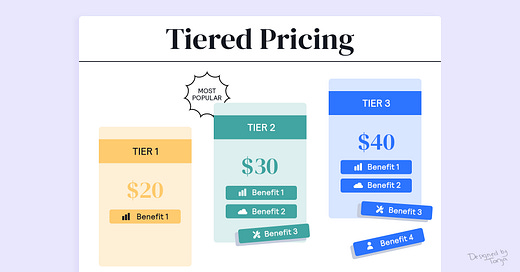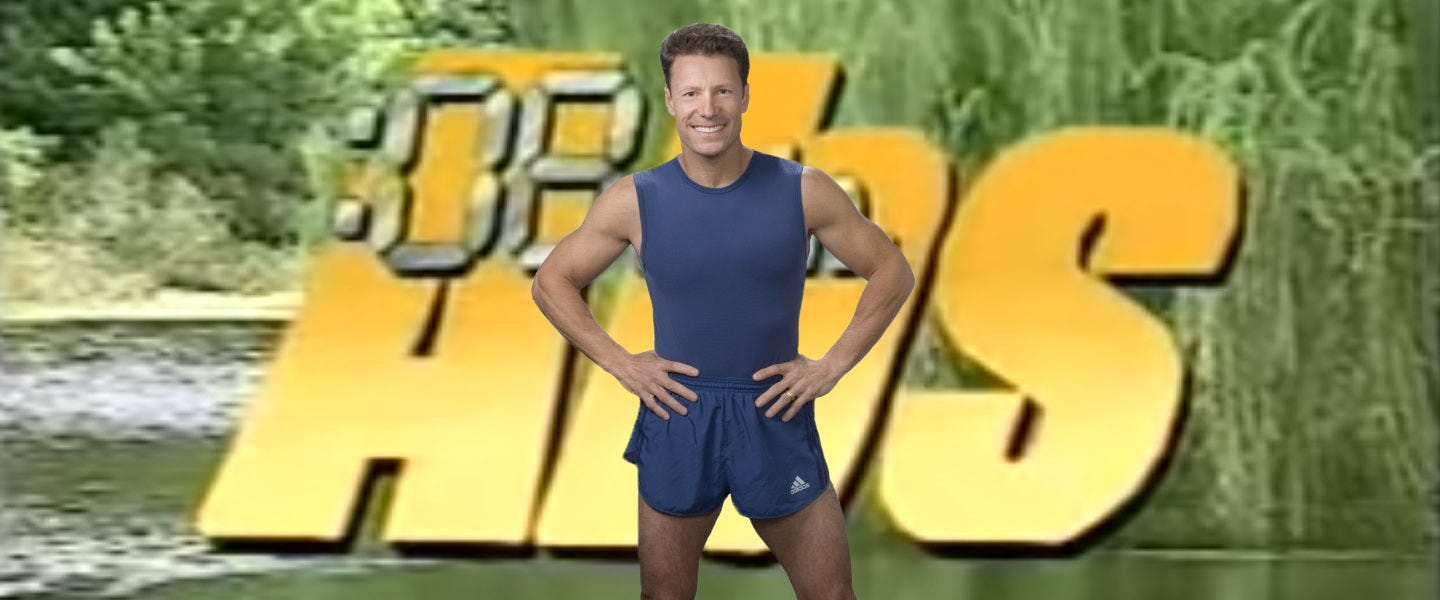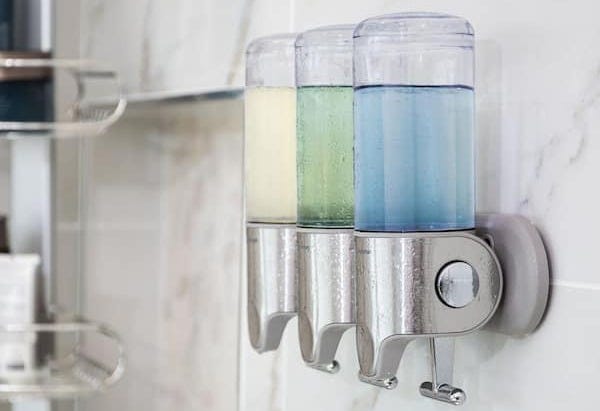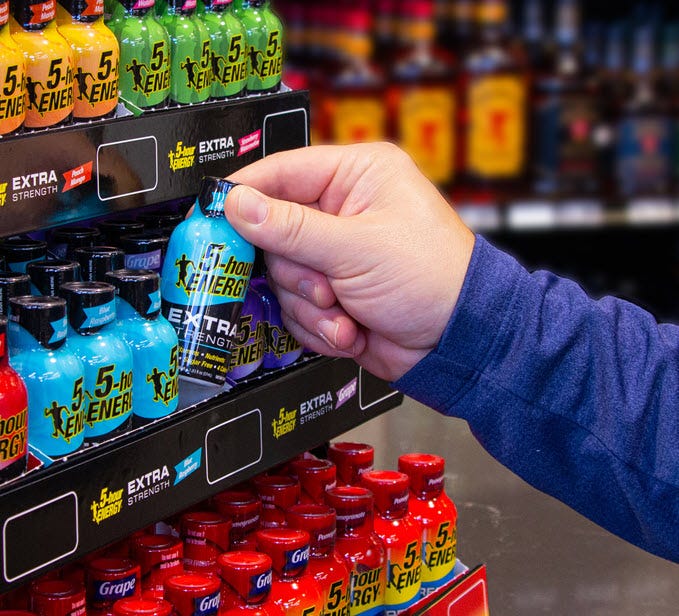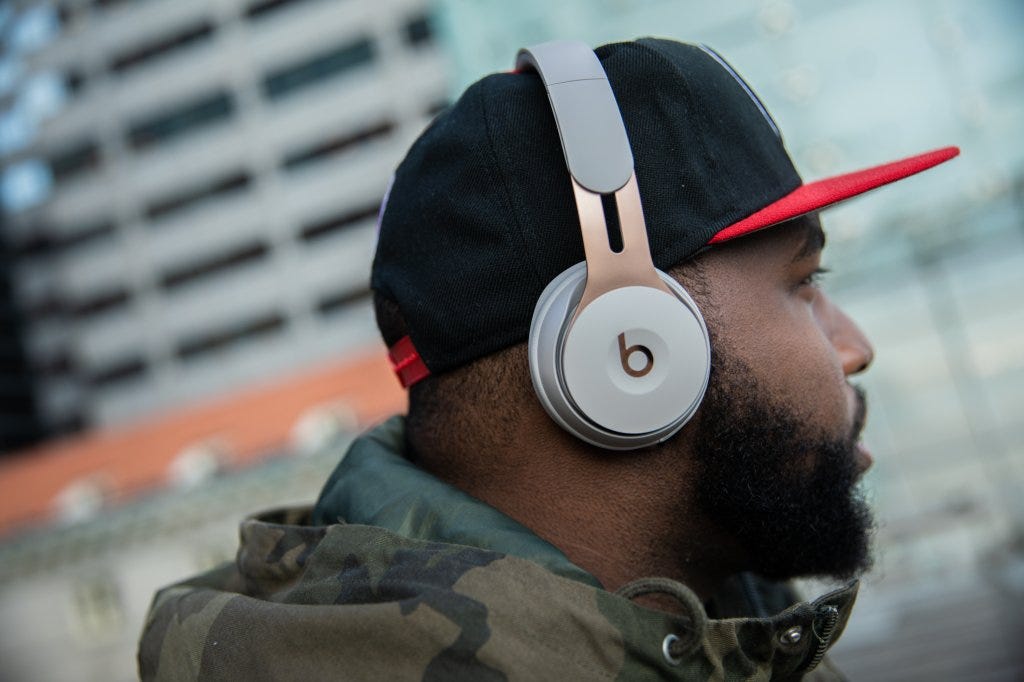The most stressful part of launching a new product is figuring out pricing. Thousands of decisions and millions of dollars have gone into building the thing, and then it fails because you charged $7 a month instead of $9. Or maybe because you charged $9 instead of $7.
But the biggest mistake you might make is only considering the cash price. If you sell any kind of service, your probably have a page like this showing different bundles of features and how much they cost:
What’s missing? Your customers need to give up time, space, and attention that are usually more limited than available money. You’re selling an air fryer, but where are they going to store it? Your movie looks interesting, but they’re already watching Netflix this evening. That’s a great analytics product, but their screen is already filled by an internal dashboard and they don’t feel like switching tabs.
In other words, your customers are trading a bundle of costs for a bundle of features. They aren’t usually down to their last dollar, but they’re often down to their last square foot, their last hour, and their last inch of screen real estate. Easing up on these constraints can let you charge more in dollars… while consuming more of them can starve out your competitors. Let’s look at some products that have successfully done this, so we can see how shaping our own products impacts go-to-market.
Who Works Out in Six Minutes?
By 1995, at-home VHS exercise tapes had officially become A Thing. Jane Fonda and Cindy Crawford had found new ways to monetize their fame and beauty, while Richard Simmons created a movement around his shlubby appearance and flamboyant personality. Tapes sold around their stars, but most people don’t know the guy at the center of one of the most successful exercise series of the 90s.
Jamie Brenkus didn’t have the fame or personality to move VHS sales, but he had an idea: 8-Minute Abs. He understood that what people were paying wasn’t a one-time payment of $19.95 (plus shipping & handling). It was 60 minutes of focused effort, over and over. So while other companies focused on their headliners, he focused on selling a low time commitment with the same results. Once he launched, his tapes made $20 million dollars in their first 18 months of sales.
Ritualizing Time
A great way to organize your consumer’s time budget is to help them create a ritual, and sell them a product for each step. In the early 20th century, consumers started buying specialized hair soaps called “shampoos.” Different types of shampoo arose in the decades after WWII (Head & Shoulders was introduced in 1961 to fight dandruff), and were soon fighting a zero-sum game for consumer dollars.
Marketers started thinking outside the box in the 1970s, and began pushing Conditioners as “the thing you do after Shampooing,” potentially doubling the amount of hair products that each consumer might buy. Conditioners followed the same pattern as shampoos, becoming more and more specialized until someone realized in the last 1980s that they could sell “the thing you do after Conditioning” - the leave-in Conditioner.
By the 2000s, pre-treatments began to take hold as “the thing you do before Shampooing,” creating a four-part self-care ritual that became its own escape from daily life. All these shower products began to physically overflow consumer’s showers, leading to a booming industry of shower caddies to help with the physical space constraints. In the 1990s and early 2000s The Container Store - which promised to loosen consumer space constraints - became a nation-wide phenomenon.
The Master of Spacetime is an Energy Drink
5-Hour-Energy was introduced in 2004, promising to create productive hours out of thin air. This was not entirely new, as Red Bull was already selling cans for twice the cost of a soda by promising a hit of energy. 5-Hour-Energy took the concept further, designed an energy shot product that worked with the space constraints of retailers - especially gas stations and convenience stores.
It also repositioned one of the key benefits of a soft drink - the time spent enjoying the actual drink - as a cost. Why spend ten minutes carrying and sipping a Red Bull, when you could throw back a 5-Hour-Energy shot as you walked out the door?
The tiny form factor allowed them to cram 180 units into a 12-inch by 18-inch footprint, small enough to sit on the checkout counter. This countertop display allowed 5-hour-energy to both sidestep the linear shelving footprint that other consumer packaged goods fought over and place themselves in high traffic areas. The concept of a shot also reduced the amount of time it took to consume the product, allowing 5-hour-energy to sell a 2 oz product at the same price as a 8.4oz Red Bull.
By 2008, energy shots had grown to a $700m/year category. By 2011, 5-hour Energy was bringing in $1b/year in retail sales.
Constraint Competitors are the Sixth Force
“We actually compete with sleep… and we’re winning!”
~ Reed Hastings, Netflix CEO
Porter’s Five Forces is one of the most accepted frameworks for understanding a firm’s ability to make a profit based on power and competition:
⛔ Barriers to Entry: How protected the firm is from competitors entering the market.
🧵Supplier Power: How much control suppliers have over raw materials and labor.
🤑 Buyer Power: How much control customers have over whether they use the firm’s products and how easily they can switch.
🎤📣 Substitutes: Other kinds of products that solve the same problem.
💪 Competition: How viciously firms and competitors have to compete with each other.
The limited space and time available adds a sixth force to Porter’s Five Forces: Constraint Competitors. These products aren’t solving the same problem as you, but they are fighting for the same budget of hours, pixels, or square feet. The death of an incumbent - like wristwatches in the smartphone era - makes room for replacements solving different problems - like the mid 2010s surge in wearables.
Dr Dre is a once-in-a-generation artist and producer who made surprisingly little money as an artist and producer. The vast majority of his wealth comes from selling his mid-tier line of headphones, Beats by Dre. Beats are He made fashionable headphones that look good when worn with a hat, and make a hat look good when worn with his headphones. By working in harmony with the flat brim hats that had taken over urbanwear, he was able to create an entirely new fashion category masquerading as an electronic accessory. When he sold Beats to Apple in 2014, it was worth $3 billion.
The War for Pixels
So what does that mean to the vast majority of Product Managers who build software products? Sure, Jira’s success is partially due to its use during highly ritualized Scrum Ceremonies. And any software that doesn’t pitch itself as a revenue booster is pitching time savings that supposedly translated directly to cost savings. But how can we be more specific?
The biggest budget consideration in software is pixels. B2C pixels took off with the advent of the smartphone, which created a fixed number of home screen apps. The winners of that war took control of consumer screens, shifting competition from getting app installs at the OS level to getting ephemeral social media feed space within Instagram, Facebook, and TikTok.
In the B2B world, pixels are still largely on desktops. Winning software either runs headless or sees daily usage. Losing software insists that people log in to a platform that they haven’t used in months.
Re-Pricing Your Product
So how do you put this into practice?
Lay out your price bundle. Start with a tiered pricing template, but lay out all your product’s costs, not its features. How much time does using your product take, and what kind of time is it? How much physical or virtual space? How much budget do your customers have for that time and space? Are you better or worse than your traditional competitors?
Compare to your competitors. You should know who your competitors are by now. Is there anything unique about them? Does their product run faster, or require less time dealing with a UI? Do they trade off scarce time from expensive employees like engineers for time from less expensive employees like analysts?
Discover your Constraint Competitors. Look at the other products and activities that are fighting for the same space and time - products that have absolutely nothing to do with the problem you are solving. Say you are selling B2B SaaS, and a key outcome is getting your positive impact shared during your executive champion’s weekly exec meeting. What other items are being shared during that hour from other execs? What is up on the screen, taking everyone’s attention (hint - it’s definitely PowerPoint)? Is she going to alt-tab over to your portal’s dashboard? If not, how much time is it to create the slide that shows how awesome your product is and how smart she is for buying it?
Do something about it. Finally, think about how you could take up less time and space than your traditional competitors, and work in harmony with your constraint competitors. Are there user costs that all your competitors take for granted, that you could creatively remove?
In the race to win customers, it's not just about offering the best features or the lowest price—it's about understanding and solving for the invisible costs of time, space, and attention. Master those, and you’re not just selling a product—you’re creating a habit, a space, and a place in your customers' lives where your value truly thrives.

